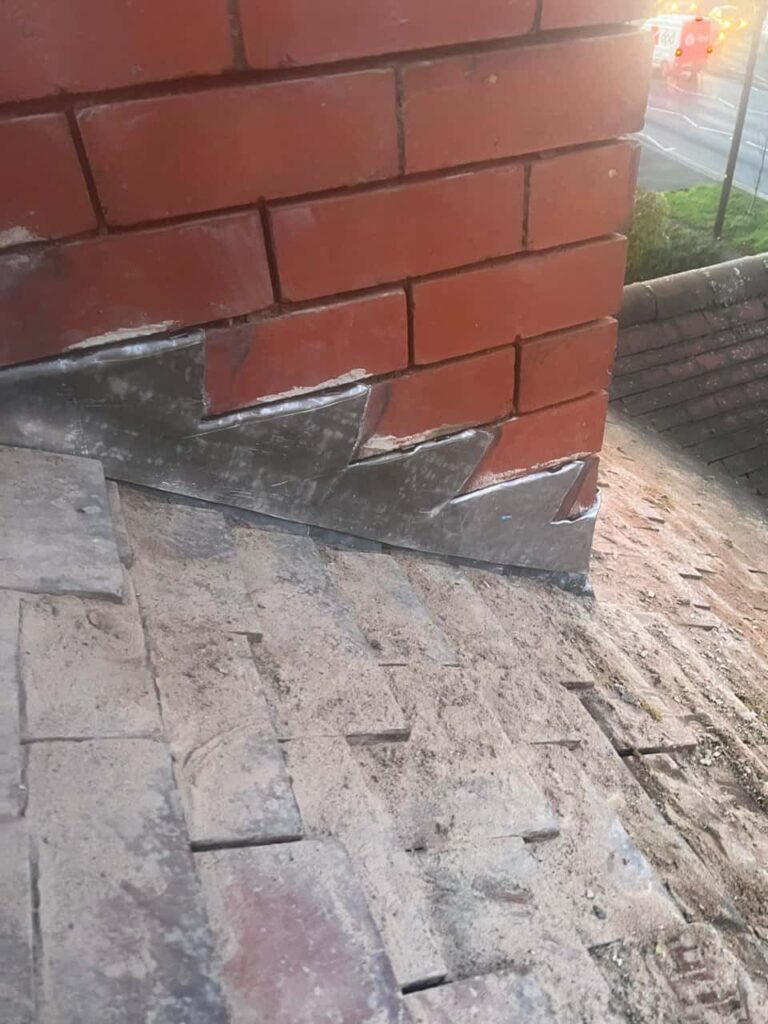Introduction: Commercial roofs face many challenges, from harsh weather conditions to wear and tear over time. One of the most significant threats to the integrity of a commercial roof is ponding water – the accumulation of standing water on the roof surface for an extended period. Ponding water can lead to many problems, including leaks, structural damage, and mould growth. However, with proper drainage systems in place, property owners can effectively mitigate the risks associated with ponding water and ensure the longevity and performance of their commercial roofs. In this guide, we’ll explore the critical role of proper drainage systems in preventing ponding water on commercial roofs.
Understanding Ponding Water:
Ponding water occurs when water collects in depressions or low-lying areas on the roof surface and fails to drain properly. Factors such as inadequate slope, clogged drains or gutters, and structural defects can contribute to the formation of ponding water. Left unchecked, ponding water can lead to deterioration of roofing materials, compromised structural integrity, and costly repairs.
The Importance of Proper Drainage Systems:
Proper drainage systems are essential for maintaining the integrity and functionality of commercial roofs. A well-designed drainage system effectively channels rainwater and melted snow away from the roof surface, preventing the formation of ponding water and reducing the risk of water damage. Key components of a proper drainage system include:
- Roof Slope: An adequate roof slope ensures water drains efficiently toward designated drainage points, minimising the likelihood of ponding water.
- Scuppers and Downspouts: Scuppers and downspouts are openings or outlets along the roof’s perimeter that allow water to flow off the roof and into the drainage system.
- Roof Drains: Roof drains are installed in low-lying areas or at strategic points on the roof to collect and redirect water away from the building.
- Gutters and Leaders: Gutters and leaders are integral parts of the drainage system that collect water from the roof surface and channel it away from the building’s foundation.
Preventing Ponding Water:
To prevent ponding water on commercial roofs, property owners should take proactive measures to ensure proper drainage and maintenance, including:
- Regular Inspections: Inspect the roof to identify areas prone to ponding water, such as low spots, blocked drains, or damaged flashing.
- Clearing Debris: Keep roof drains, gutters, and downspouts free of debris, such as leaves, branches, and dirt, to ensure unobstructed water flow.
- Repairing Damage: Promptly repair any damage to the roofing membrane, flashing, or drainage components to prevent water infiltration and ponding.
- Improving Roof Slope: In some cases, improving the roof’s slope or installing tapered insulation can facilitate proper water drainage and prevent ponding water.
Benefits of Effective Drainage Systems:
Investing in proper drainage systems offers numerous benefits for commercial property owners, including:
- Protection against Water Damage: Proper drainage systems help prevent water infiltration and ponding, reducing the risk of water damage to the roof structure and interior spaces.
- Prolonged Roof Lifespan: By minimising the accumulation of standing water, effective drainage systems contribute to the longevity and durability of the roofing system, reducing the need for premature repairs or replacements.
- Compliance with Building Codes: Many building codes and regulations require commercial roofs to have adequate drainage systems to prevent ponding water and ensure structural integrity and safety.
- Enhanced Property Value: A well-maintained roof with proper drainage systems adds value to commercial properties by protecting assets, minimising maintenance costs, and enhancing curb appeal.
Conclusion: Proper drainage systems play a vital role in preventing ponding water on commercial roofs, safeguarding against water damage, and preserving the integrity and longevity of the roofing system. By investing in effective drainage solutions and implementing proactive maintenance practices, commercial property owners can mitigate the risks associated with ponding water and ensure their roofs’ continued performance and resilience. As the first line of defence against water intrusion, proper drainage systems are essential components of a comprehensive roof management strategy that protects investments and ensures peace of mind for property owners.
Call us on: 0115 647 1193
Click here to find out more about Stapleford Roofing Repairs
Click here to complete our contact form and see how we can help with your roofing needs.

